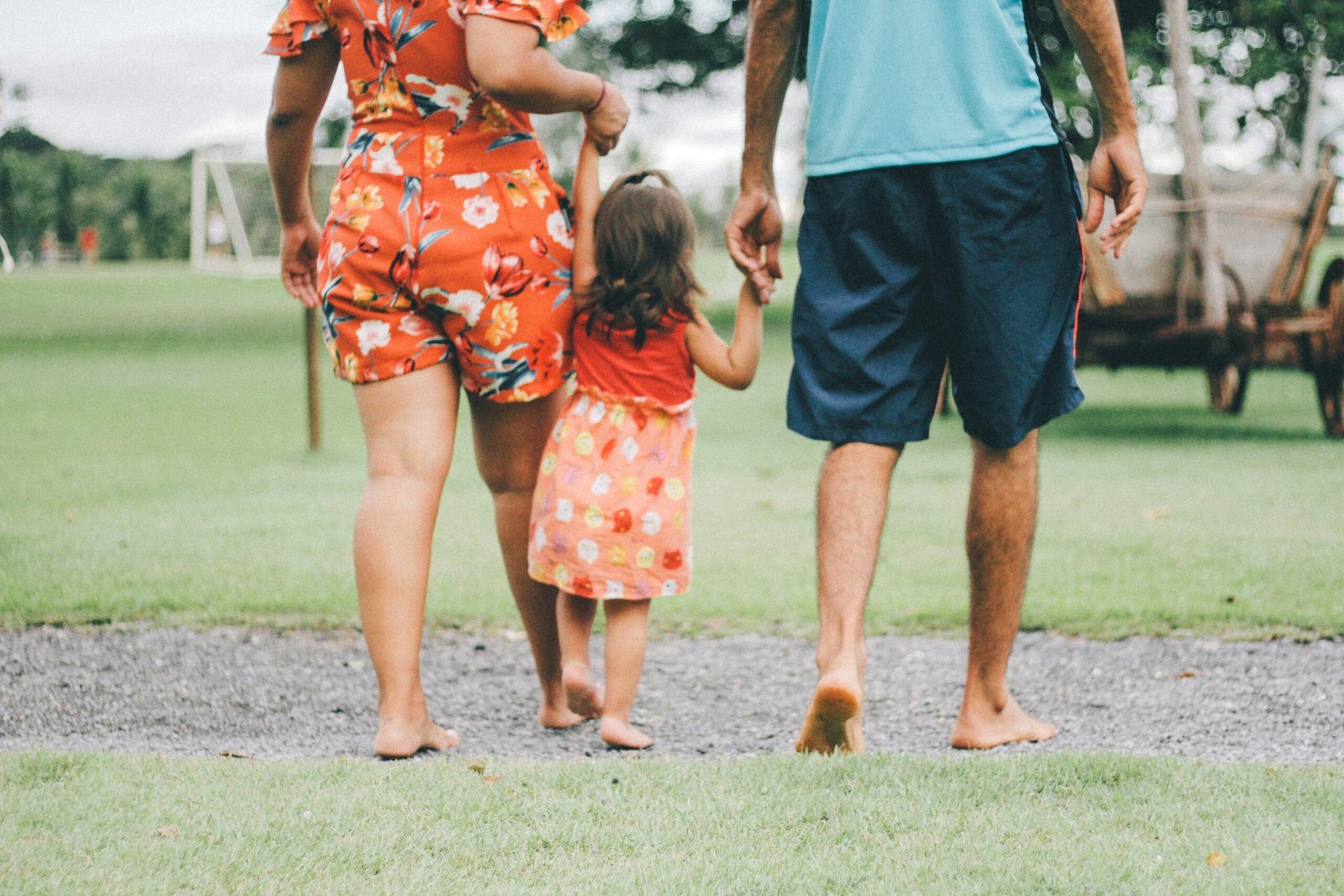How to Travel With Kids: Sophie’S Ultimate Guide
When traveling with kids, preparation is key. Pack smart using packing cubes and assign each family member a color. For long flights, bring activities and snacks to keep children entertained. Choose accommodations with kid-friendly features and convenient locations. Plan age-appropriate activities, balancing major outings with downtime. Maintain routines by sticking to regular sleep schedules and mealtimes. Don’t forget to pack essentials like medications and comfort items. By following these tips, you’ll be well-equipped to handle the challenges of family travel and create lasting memories. Sophie’s ultimate guide offers even more insights to make your family adventure a success.
Packing Essentials for Family Travel
Mastering the art of packing for family travel can make or break your vacation. To guarantee a smooth trip, start by implementing effective packing organization strategies. Use packing cubes or compression bags to maximize space and keep clothes tidy. Assign each family member a different color to easily identify their belongings.
When it comes to clothing, opt for versatile pieces that can be mixed and matched. Pack layers for varying weather conditions and choose fabrics that are easy to wash and quick to dry. Don’t forget essential items like medications, first-aid supplies, and any special comfort items for your children.
Invest in lightweight travel gear to make your journey more manageable. A compact stroller, collapsible water bottles, and multi-purpose gadgets can save valuable space and weight in your luggage. For entertainment, load up tablets with movies, games, and e-books to keep kids occupied during long journeys.
Remember to pack snacks, wipes, and a change of clothes in your carry-on for easy access during transit. By planning ahead and packing smartly, you’ll be well-prepared for a stress-free family adventure.
Surviving Long Flights With Children
Long flights with children can be challenging, but with the right preparation, you can turn potential chaos into a manageable journey. Start by packing a carry-on bag filled with age-appropriate activities, snacks, and comfort items. Include coloring books, small toys, and electronic devices loaded with games and movies for in-flight entertainment.
Effective stress management is vital for both parents and children. Dress your kids in comfortable clothing and consider bringing a change of clothes in case of spills or accidents. Encourage your children to move around the cabin when it’s safe to do so, helping them burn off excess energy and reduce restlessness.
To maintain a sense of routine and keep your children engaged during the flight:
- Break the journey into smaller time blocks, alternating between activities, meals, and rest periods.
- Use rewards or incentives to encourage good behavior and cooperation throughout the flight.
- Practice relaxation techniques with your children, such as deep breathing or simple meditation exercises, to help manage anxiety and promote calmness.
Choosing Kid-Friendly Accommodations
Selecting the right accommodations can make or break your family vacation. When choosing kid-friendly lodging, consider your family’s specific needs and preferences. Look for places that offer spacious layouts, allowing everyone to have their own space and preventing cramped quarters that can lead to frustration.
Opt for accommodations with kitchen facilities, as they’ll enable you to prepare meals and snacks, saving money and catering to picky eaters. Many budget-friendly options, like vacation rentals or apart-hotels, provide these amenities.
Don’t forget to check for on-site laundry facilities, which can be a lifesaver for families with young children.
Research the property’s child-friendly features, such as playgrounds, pools with shallow areas, or kids’ clubs. These amenities can keep your children entertained and give you some much-needed downtime. Additionally, consider the location’s proximity to family-friendly attractions and activities.
Read reviews from other families to get insights into the accommodation’s suitability for children. Pay attention to comments about safety, cleanliness, and staff attitudes towards kids. By carefully selecting your lodging, you’ll create a comfortable home base for your family’s adventures.
Planning Age-Appropriate Activities
Once you’ve secured suitable accommodations, it’s time to plan activities that will engage and excite your children. Consider their ages, interests, and energy levels when crafting your itinerary. Mix educational excursions with fun, interactive experiences to keep them engaged throughout the trip.
For younger kids, focus on hands-on activities and shorter outings. Museums with child-friendly exhibits, petting zoos, and interactive science centers are excellent choices. Older children might enjoy more challenging adventures like hiking, water sports, or historical tours.
Don’t forget to incorporate structured downtime into your schedule. This allows kids to recharge and prevents overstimulation. Consider these options for downtime activities:
- Picnics in local parks
- Swimming at the hotel pool
- Movie nights in your accommodation
Balance your days with a mix of activities and relaxation. Aim for one major outing per day, followed by less intensive experiences. Be flexible and have backup plans in case of unexpected changes or weather issues. Remember, the goal is to create lasting memories while maintaining a enjoyable pace for everyone in the family.
Maintaining Routines While Traveling
Maintaining routines while traveling can be a challenge, but it’s essential for keeping kids happy and well-adjusted during your trip. Creating structure and minimizing disruption to your children’s daily habits will help them feel more secure and comfortable in unfamiliar environments.
Start by establishing a consistent sleep schedule, even if you’re crossing time zones. Try to stick to regular bedtimes and wake-up times as much as possible. Pack familiar items like a favorite stuffed animal or blanket to help your kids feel at home.
Maintain mealtime routines by planning regular snacks and meals, and try to incorporate familiar foods when possible. Don’t forget about hygiene routines. Bring along your children’s usual toiletries and continue their regular bath or shower schedules. If your kids have specific rituals, like reading a bedtime story or singing a lullaby, keep those up during your travels.
While it’s important to be flexible and embrace new experiences, having a foundation of familiar routines will help your children adapt more easily to the changes that come with traveling. This balance will make your family trip more enjoyable for everyone involved.
Dealing With Unexpected Situations Abroad
Travelers’ best-laid plans can often go awry, especially when you’re abroad with kids. Being prepared for unexpected situations is pivotal to ensuring a smooth family vacation. When faced with challenges, remember to stay calm and approach problems methodically.
Navigating local customs: Research the cultural norms of your destination beforehand. If you accidentally violate a custom, apologize sincerely and explain that you’re visitors learning about their culture. This approach can often diffuse tense situations and turn them into learning experiences for your children.
Managing unexpected health issues: Pack a well-stocked first-aid kit and familiarize yourself with local healthcare options. If a child falls ill, don’t hesitate to seek medical attention. Many countries have excellent healthcare systems, and travel insurance can provide peace of mind.
Dealing with travel disruptions: Flight cancellations or lost luggage can throw your plans into disarray. Stay flexible and have a backup plan. Consider booking accommodations with kitchenettes, so you’re prepared if you need to extend your stay unexpectedly.
Frequently Asked Questions
How Can I Handle Jetlag in Children When Traveling Across Time Zones?
To handle jetlag in children, gradually adjust their sleeping schedules before travel. Minimize time zone changes when possible. Once at your destination, expose them to sunlight and keep them active during local daytime hours. Maintain regular mealtimes to help reset their internal clocks.
What Are the Best Ways to Document Family Trips With Kids?
You’ll cherish your family trips by taking memorable photos and creating a travel journal together. Capture candid moments, scenic views, and funny incidents. Encourage kids to draw or write about their experiences for a personalized keepsake you’ll treasure.
How Do I Manage Food Allergies or Dietary Restrictions While Traveling Abroad?
You’ll need to plan ahead for food allergies abroad. Start by packing allergy-friendly snacks. Research local cuisine and learn key phrases to communicate restrictions. Always carry medication and translation cards explaining your dietary needs when traversing restaurants.
What Travel Insurance Options Are Recommended for Families With Young Children?
You’ll want travel insurance that includes extended family coverage and medical evacuation services. Look for policies tailored to families, offering exhaustive protection for your little ones. Don’t forget to compare options and read the fine print carefully.
How Can I Teach My Kids About Different Cultures Before and During Trips?
You can teach your kids about different cultures through cultural immersion activities and family-friendly local experiences. Read books, watch documentaries, try ethnic foods, and learn basic phrases together. During trips, engage in local customs and interact with residents.
Conclusion
You’ve got this! With these tips, you’re well-equipped to tackle family travel like a pro. Remember, flexibility is key. Embrace the unexpected, create lasting memories, and don’t forget to enjoy the journey. Your kids will learn invaluable lessons about the world and themselves. So pack those bags, buckle up, and get ready for an adventure. Happy travels with your little ones – it’s going to be an unforgettable experience!



